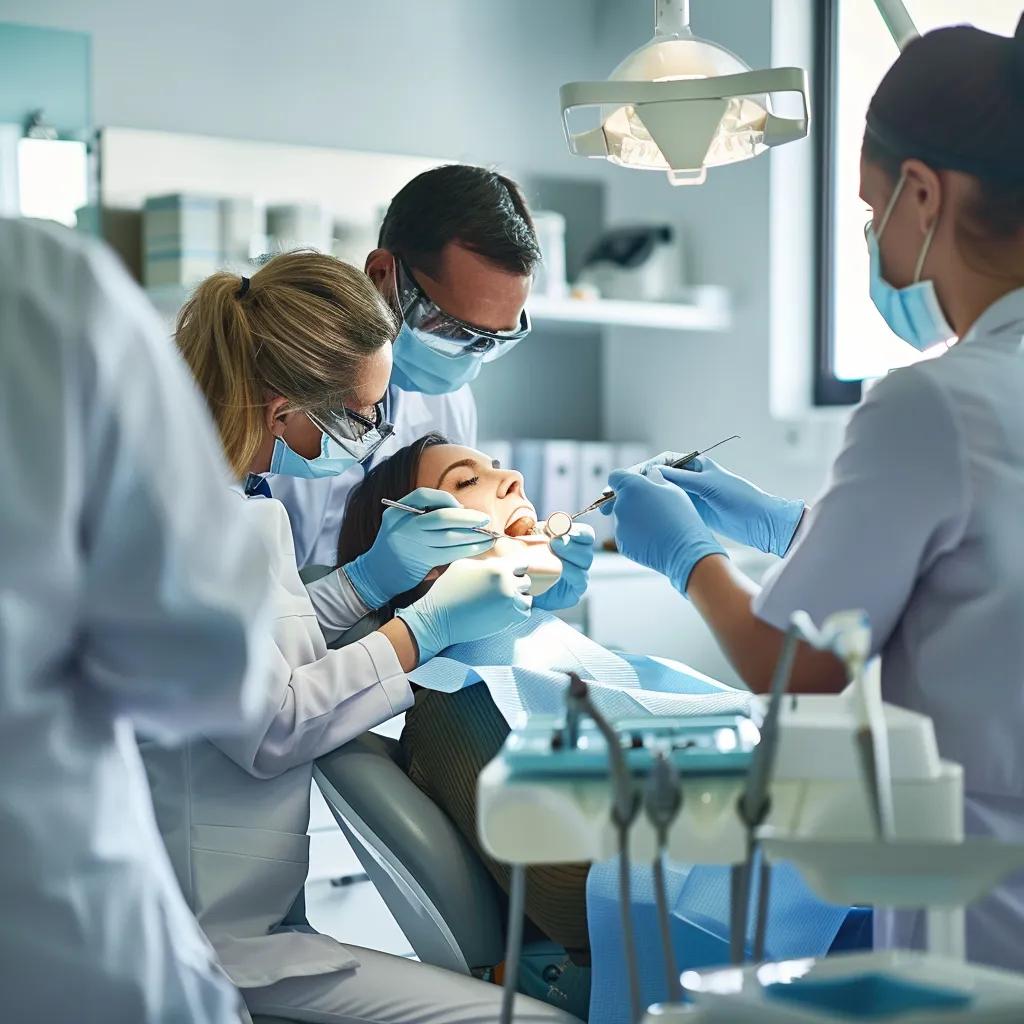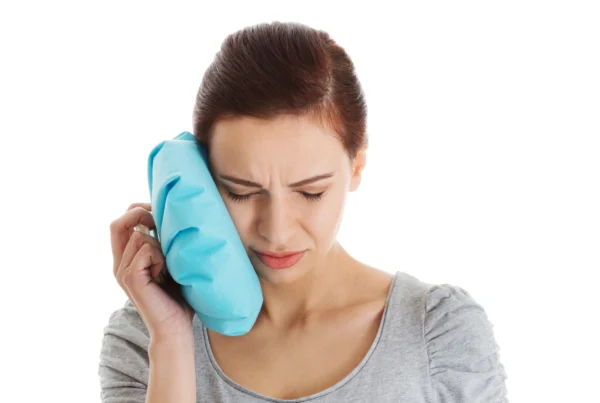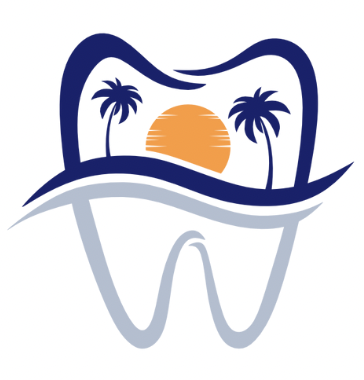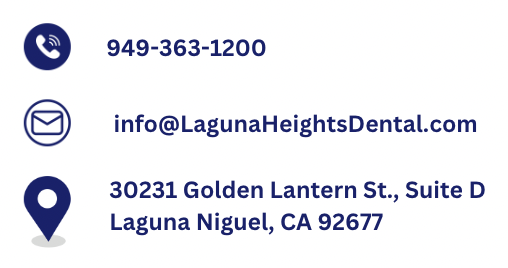After-Hours Tooth Trouble? Here’s How Emergency Dental Care Saves the Day.
It’s a quiet Sunday afternoon. The kind where everything feels peaceful — until suddenly, it doesn’t. Out of nowhere, a sharp pain grips your jaw. At first, you try to ignore it. But within an hour, the dull ache becomes a throbbing, unbearable sensation. You’re sweating, your heart’s racing, and panic begins to set in. Your regular dental office? Closed. But your options? Not gone. Emergency dental care steps in when life throws your smile into chaos — offering fast, expert help when it’s needed most.
Dental emergencies can be scary and overwhelming. But knowing how they’re handled, what to expect, and how to prepare can turn fear into confidence. This guide breaks down the vital role of emergency dental clinics — from what they treat to how they’re prepared — so that when pain strikes, you’ll know exactly where to turn.
Deciphering Dental Distress: Why Timing Is Everything
Dental pain doesn’t just affect your mouth. It hijacks your focus, disrupts your sleep, and makes even the simplest tasks unbearable. But not every ache or chip is an emergency. Understanding what truly qualifies as urgent can save your teeth, your health, and your wallet.
Dental emergencies include a wide range of situations — from knocked-out teeth and uncontrolled bleeding to swelling that signals a dangerous infection. The key is knowing what needs care now versus what can wait.
Let’s break it down:
- Unbearable Pain: Throbbing or shooting pain that won’t let up may point to deep decay, nerve exposure, or a spreading infection.
- Dental Trauma: Broken, chipped, or knocked-out teeth from falls, sports, or accidents can often be saved — but only if treated quickly.
- Infection or Abscess: Swelling, pus, or a fever along with dental pain can indicate an abscess, which, if left untreated, may become life-threatening.
- Lost Fillings or Crowns: While not always an emergency, these can expose sensitive areas and lead to further damage if ignored.
Recognizing the signs of a true emergency is step one. Step two is seeking help fast — because time matters more than you might think.
From Breakdown to Breakthrough: The Power of Fast Action
What happens when you wait too long? A manageable issue can escalate into a much larger (and more expensive) problem. That’s where emergency dental care changes everything.
Urgent treatment not only eases pain — it can reduce the need for invasive procedures later on. Think of it like this: what could have been a simple root canal today might become a full extraction tomorrow if ignored. Emergency dental visits bridge that gap — giving you relief now and a plan for what’s next.
More than that, fast care often means the difference between saving and losing a tooth. So when dental pain spikes or trauma strikes, don’t hesitate. Call. The sooner you act, the more options you’ll have.
Built for the Unexpected: Inside an Emergency Dental Clinic
When you walk into an emergency dental clinic, you’re stepping into a space built for crisis — calm, equipped, and ready. These clinics don’t just work harder after hours — they work smarter, with systems in place to handle a wide range of urgent needs.
You’ll find technology designed for speed and accuracy, and professionals trained to respond under pressure. They’re ready to diagnose, soothe, and repair — often all in one visit.
Here’s what makes them different:
- Advanced Imaging: Digital X-rays and 3D scans help detect the issue instantly — no waiting around for lab results.
- Sedation and Comfort Options: For patients dealing with pain, anxiety, or complex procedures, sedation helps calm the nerves and ease the process.
- Immediate Treatment Tools: Whether it’s sealing a crack, draining an abscess, or replacing a crown, emergency clinics stock what’s needed to act fast.
From the moment you walk in, the focus is on making you feel safe, understood, and — most importantly — pain-free. It’s dentistry, but with urgency and empathy woven into every step.
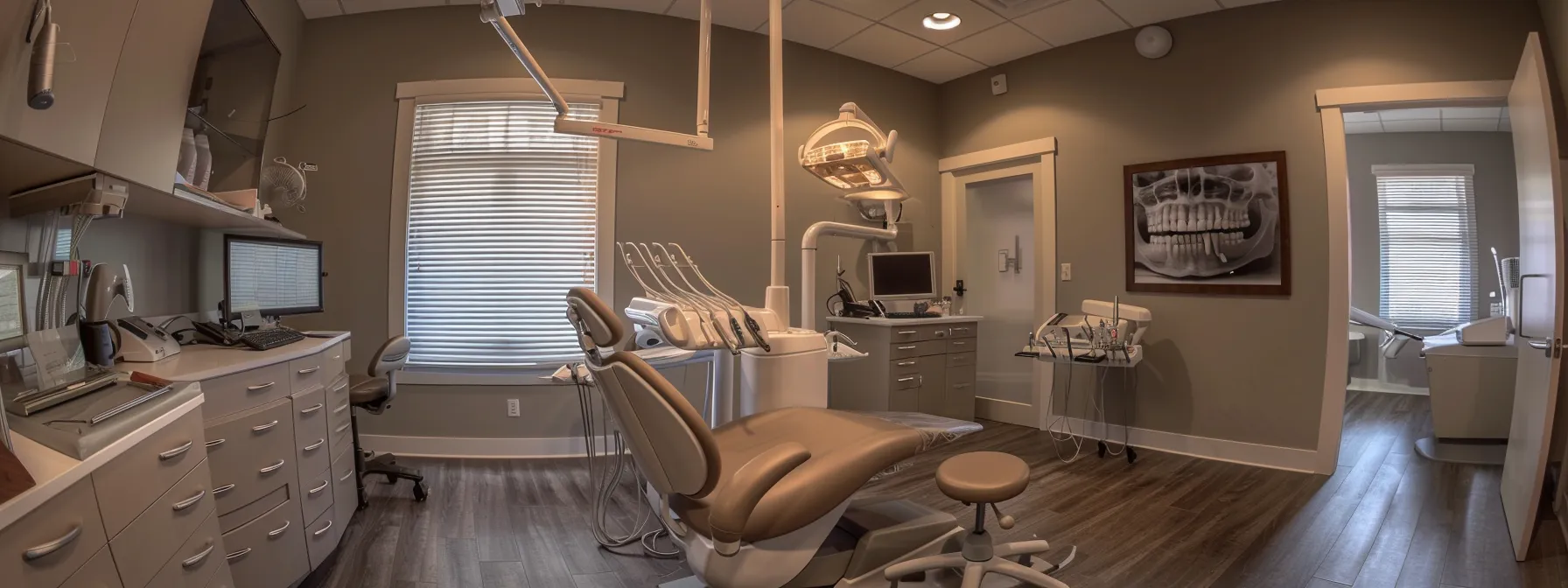
What Readiness Looks Like Behind the Scenes
Ever wonder how an emergency dental clinic stays “on” when the rest of the world clocks out? It’s not luck — it’s strategy. These clinics prepare not just for the expected, but for the unpredictable.
Behind every late-night appointment or holiday call-in is a team trained to respond at a moment’s notice. They set aside appointment slots for emergencies. They practice drills for high-risk scenarios. And they build systems that streamline everything from intake to treatment.
Key strategies include:
- Dedicated Emergency Time Blocks: A portion of the schedule is always held open for walk-ins and urgent calls.
- On-Call Rotations: Dentists rotate availability so someone is always ready to step in.
- Ongoing Training: Teams rehearse responses to a range of situations, from trauma management to calming highly anxious patients.
That level of preparedness is what allows emergency dental teams to act fast — and it’s why they’re able to help when others can’t.
Creating a Dental Emergency Plan: Be Prepared, Not Panicked
The best time to plan for a dental emergency? Before it happens. Because when pain hits, the last thing you want to do is scramble. Having a simple emergency kit and a clear plan gives you power — even in a crisis.
Here’s what a basic home dental emergency kit should include:
- Gauze pads and gloves
- Over-the-counter pain relievers like ibuprofen or acetaminophen
- Salt packets or saline rinse
- Orthodontic wax (especially if you or your kids wear braces)
- Temporary dental cement (available at most drugstores)
- A small container with a lid (for a lost or knocked-out tooth)
- Your emergency dentist’s phone number
When you’re prepared, you can manage the situation calmly and effectively — buying precious time until you can get professional help. It’s a small step that makes a big difference.
From Panic to Peace: Real Stories of Emergency Care in Action
Every day, emergency dental teams help people turn painful situations into healing moments. One patient walks in with a broken front tooth just before a job interview. Another wakes up with swelling that could signal a life-threatening infection. In each case, the outcome changes because they didn’t wait — and because a clinic was there, ready to act.
These aren’t just stories of quick fixes. They’re stories of futures protected, confidence restored, and long-term dental health preserved. They remind us that emergency dentistry isn’t just about reacting — it’s about rewriting the story, starting now.
Summon Your Smile’s First Responders
Dental pain after hours can feel like the world is closing in. But you’re never truly alone, Dr. Nazita Gaff is here to help. Emergency dental clinics are open when everything else is shut. They’re your bridge between agony and relief — your path back to comfort and control.
So, if the unexpected hits, don’t suffer in silence. Reach out. Because help isn’t just available — it’s prepared.
Your smile is worth protecting, even when the timing isn’t perfect. Especially then.
Schedule your consultation Today!
Laguna Heights Dental
28202 Cabot Rd, Suite 600
Laguna Niguel, CA 92677
(949) 363-1200
See More Reviews From Laguna Height Dental. View information about local places in our community. Get Driving Directions to Our Practice
FAQs: What You Need to Know About Emergency Dental Care
What counts as a dental emergency?
A true dental emergency includes severe pain, signs of infection (like swelling or fever), trauma (such as knocked-out or broken teeth), and uncontrolled bleeding. If you’re unsure, it’s better to call and ask — waiting could cost you more than comfort.
How is an emergency visit different from a regular check-up?
Emergency visits prioritize immediate relief. While regular visits focus on prevention and maintenance, emergency care is about diagnosis, pain management, and stabilizing the issue until a long-term solution can be scheduled.
What should I keep in my home dental emergency kit?
Your kit should include gauze, pain relievers, a salt rinse, dental wax, a small sealed container, and your dentist’s number. It’s your first line of defense in those first stressful moments — and can make all the difference.
Related Articles
Emergency Dental Insurance, Emergency root canal, Emergency Extraction, Types of Dental Emergencies, Dental ER, Pediatric Dental Care, What Causes Tooth Pain, Dental Care Tips, Toothache Relief, Lost Filling or Crown
